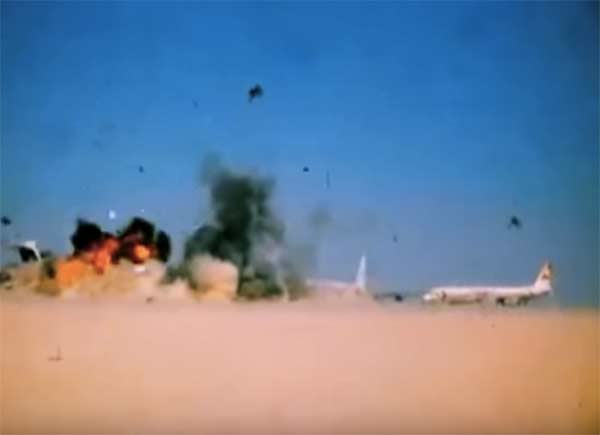Jordanian national archive / Wikimedia Commons / CC-BY-SA-3.0 / GFDL
1 – Dawson’s Field Hijackings
In September 1970, four jet airliners bound for New York City and one for London were hijacked by members of the Popular Front for the Liberation of Palestine (PFLP).
Three aircraft were forced to land at Dawson’s Field, a remote desert airstrip near Zarka, Jordan, one that then becomes PFLP’s “Revolutionary Airport”.
On 6 September, a flight from Frankfurt and another from Zürich were forced to land at Dawson’s Field.
On the same day, the hijacking of a flight from Amsterdam was foiled, with the hijacker, Patrick Argüello shot and killed. His partner Leila Khaled was subdued and turned over to British authorities in London.
Two PFLP hijackers were prevented from boarding the Amsterdam flight, hijacked a different flight and diverted it to Beirut, and then to Cairo.
On 9 September, a fifth plane, coming from Bahrain, was hijacked by a PFLP sympathizer and brought to Dawson’s Field in order to pressure the British to free the captured Leila Khaled.
The majority of the 310 hostages were transferred to Amman and freed on 11 September. The PFLP segregated the crews and passengers, keeping the 56 Jewish hostages in custody while releasing the non-Jews.
Six hostages, in particular, were kept because they were American male citizens, not necessarily Jews.
On 12 September prior to their announced deadline, the PFLP used explosives to destroy the empty planes, as they anticipated a counterstrike.
On 30 September, a deal was reached in which the remaining PFLP hostages were released in exchange for Khaled and three PFLP members in a Swiss prison.
2 – The ‘Arms Crisis’ in the Republic of Ireland
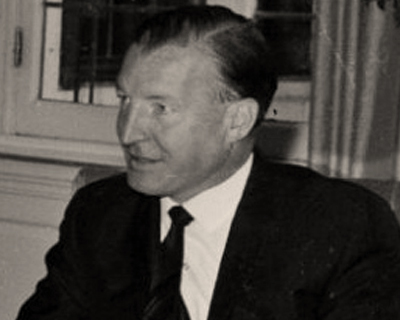
The Arms Crisis was a political scandal in the Republic of Ireland in 1970.
The then minister for finance, Charles Haughey, and agricultural minister, Neil Blaney, were dismissed as cabinet ministers for alleged involvement in a conspiracy to smuggle arms to the Irish Republican Army in Northern Ireland.
At the ensuing Arms Trial, charges against Blaney were dropped, and Haughey and the other alleged conspirators were found not guilty.
Blaney claimed that the then government knew about the plan, while Haughey denied any involvement.
The events led to Haughey being demoted to the back-benches, while Blaney was expelled in 1971.
Blaney went on to found his own party, Independent Fianna Fáil, which re-joined Fianna Fáil in 2006, eleven years after Blaney’s death.
Haughey later returned to the ministerial office and became the party leader in 1979.
3 – “Houston, we’ve got a problem!” – Apollo 13 Announces Before it Explodes
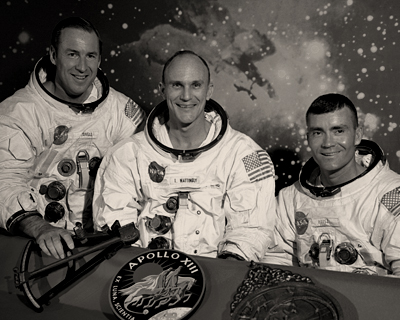
Apollo 13 was the seventh manned mission in the American Apollo space program and the third intended to land on the Moon. The craft was launched on April 11, 1970, from the Kennedy Space Center, Florida.
However, the lunar landing was aborted after an oxygen tank exploded two days later, crippling the Service Module upon which the Command Module depended.
Despite great hardship caused by limited power, loss of cabin heat, shortage of potable water, and the critical need to make makeshift repairs to the carbon dioxide removal system, the crew returned safely to Earth on April 17.
The flight passed the far side of the Moon at an altitude of 254 kilometers above the lunar surface, and 400,171 km from Earth.
As of 2016, it is still a spaceflight record, marking the farthest humans have ever traveled from Earth.
The mission was commanded by James A. Lovell with John L. “Jack” Swigert as Command Module Pilot and Fred W. Haise as Lunar Module Pilot.
Swigert was a late replacement for the original CM pilot Ken Mattingly, who was grounded by the flight surgeon after exposure to German measles.
4 – Marshall University Football Team Wiped Out in an Air Crash
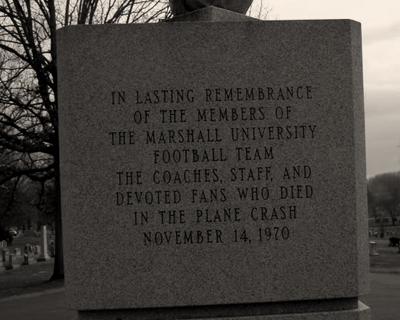
Southern Airways Flight 932 was a chartered jet flight from Stallings Field in Kinston, North Carolina, to Huntington Tri-State Airport/Milton J. Ferguson Field in Ceredo, West Virginia.
On November 14, 1970, the aircraft crashed into a hill just short of the Tri-State Airport, killing all 75 people on board.
The plane was carrying 37 members of the Marshall University Thundering Herd football team, 9 members of the coaching staff, 25 boosters, and 4 flight crew members.
The team was returning home after a 17–14 loss to the East Carolina Pirates at Ficklen Stadium in Greenville, North Carolina.
At the time, Marshall’s athletic teams rarely traveled by plane, since most away games were within easy driving distance of the campus.
The team originally planned to cancel the flight, but changed plans and chartered the Southern Airways DC-9.
The accident is the deadliest tragedy affecting any sports team in U.S. history
5 – Lt Gen Hafez al-Assad Becomes PM of Syria Following a Military Coup
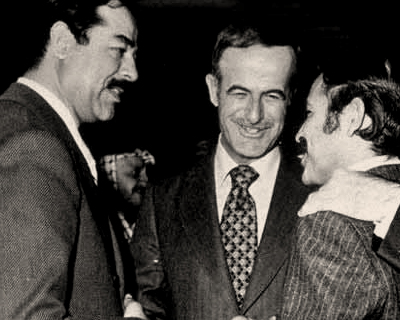
The Online Museum of Syrian History / Wikimedia Commons / CC-BY-SA-3.0 / GFDL
General Hafez Al-Assad began planning to seize power shortly after the failed Syrian military intervention in the Jordanian Black September crisis.
While Assad had been in de facto command of Syrian politics since 1969, Salah Jadid and his supporters still held the trappings of power.
After attending Egyptian leader Gamel Abdel Nasser’s funeral, Assad returned to Syria for the Emergency National Congress (held on 30 October).
At the congress, Assad was condemned by Jadid and his supporters, the majority of the party’s delegates.
However, before attending the congress Assad ordered his loyal troops to surround the building housing the meeting.
When the National Congress ended on 12 November 1970, Assad ordered loyalists to arrest leading members of Jadid’s government.
Although many mid-level officials were offered posts in Syrian embassies abroad, Jadid refused. Assad imprisoned him in Mezze prison until his death.
The coup was calm and bloodless; the only evidence of change to the outside world was the disappearance of newspapers, radio and television stations.
6 – Pope Paul VI Wounded in the Chest by a Bolivian Painter Disguised as a Priest
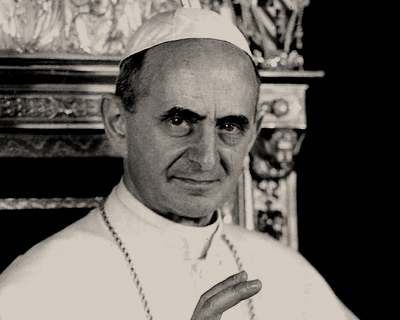
On November 27, 1970, Pope Paul VI arrived in Manila as part of an Asian tour.
He was being welcomed at the airport by Philippine officials, led by then-President Ferdinand Marcos when a man dressed in a black priest’s garb lunged at him with a knife.
The attacker, a 35-year-old Bolivian ex-pat painter named Benjamin Mendoza, yelled “Death to superstition!”, but was quickly subdued by other people who were with the Pope.
According to press reports, it was the Pope’s personal secretary Pasquale Macchi who pushed the assassin to the ground.
A Filipino reporter with the Manila Chronicle, Alex Allan, also later told reporters that he helped subdue the attacker after he fell.
Allan only managed to get close to the action by dressing up as a police officer, after failing to obtain proper media credentials. A Manila police general had agreed to let him pretend to be his aide.
The assassination attempt itself ended up being downplayed in the media. This was mainly because Pope Paul VI never talked about the attack, and the Vatican denied that he was wounded in the assassination attempt.
It was only after Pope Paul’s death, in 1978, that the Vatican acknowledged he was injured in the Manila incident.
